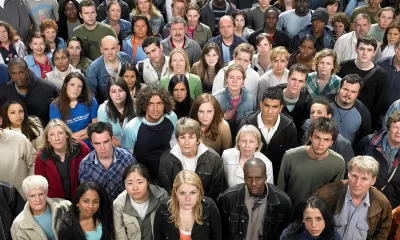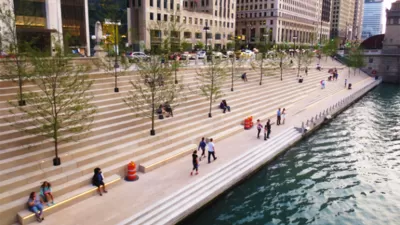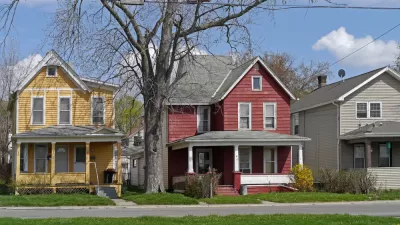Segregation is decreasing, even in America’s most segregated big cities.

Milwaukee has the worst black-white segregation in the United States, but even Milwaukee is less segregated than Detroit, Chicago, and Milwaukee were in 2000. In U.S. cities, segregation is decreasing, though slowly. "Most white residents of large metropolitan areas live in neighborhoods that remain overwhelmingly white, and while black neighborhoods have become more diverse, this is largely due to an increase in Hispanic rather than white residents," William H. Frey reports for the Brookings Institute. These northern Midwestern cities are some of the most segregated in the U.S. cities. In the southwest, cities like Las Vegas and Phoenix are among the most diverse of the countries 51 major metropolitan areas.
"After the passage of the 1968 Fair Housing Act, black-white segregation began to decline, especially in growing parts of the country like Atlanta and Dallas to which blacks were relocating, where they faced less housing discrimination than in the past," Frey writes. Generally, white and black Americans were more likely to live in more diverse neighborhoods from 2013-2017 than they were in 2000.
FULL STORY: Black-white segregation edges downward since 2000, census shows

Planetizen Federal Action Tracker
A weekly monitor of how Trump’s orders and actions are impacting planners and planning in America.

Maui's Vacation Rental Debate Turns Ugly
Verbal attacks, misinformation campaigns and fistfights plague a high-stakes debate to convert thousands of vacation rentals into long-term housing.

Restaurant Patios Were a Pandemic Win — Why Were They so Hard to Keep?
Social distancing requirements and changes in travel patterns prompted cities to pilot new uses for street and sidewalk space. Then it got complicated.

In California Battle of Housing vs. Environment, Housing Just Won
A new state law significantly limits the power of CEQA, an environmental review law that served as a powerful tool for blocking new development.

Boulder Eliminates Parking Minimums Citywide
Officials estimate the cost of building a single underground parking space at up to $100,000.

Orange County, Florida Adopts Largest US “Sprawl Repair” Code
The ‘Orange Code’ seeks to rectify decades of sprawl-inducing, car-oriented development.
Urban Design for Planners 1: Software Tools
This six-course series explores essential urban design concepts using open source software and equips planners with the tools they need to participate fully in the urban design process.
Planning for Universal Design
Learn the tools for implementing Universal Design in planning regulations.
Heyer Gruel & Associates PA
JM Goldson LLC
Custer County Colorado
City of Camden Redevelopment Agency
City of Astoria
Transportation Research & Education Center (TREC) at Portland State University
Jefferson Parish Government
Camden Redevelopment Agency
City of Claremont





























